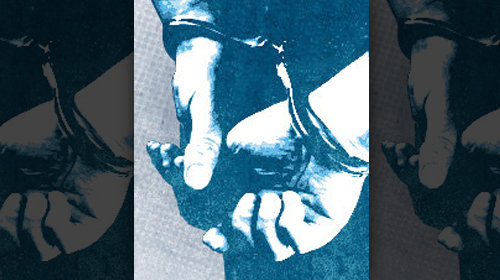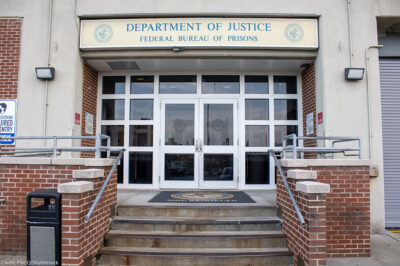Breaking the Addiction to Incarceration: Weekly Highlights September 6, 2013


Today, the U.S. has the highest incarceration rate of any country in the world. With over 2.3 million men and women living behind bars, our imprisonment rate is the highest it’s ever been in U.S. history. And yet, our criminal justice system has failed on every count: public safety, fairness and cost-effectiveness. Across the country, the criminal justice reform conversation is heating up. Each week, we feature some of the most exciting and relevant news in overincarceration discourse that we’ve spotted from the previous week. Check back weekly for our top picks.
California Legislature Sends “Wobbler” Bill to Governor’s Desk
The California Assembly this week passed SB 649, which would give prosecutors the discretion to charge simple possession of a controlled substance as either a misdemeanor or as a felony. (In California, offenses that can be charged as either a felony or misdemeanor are called “wobblers”.)
The bill’s sponsor, Sen. Mark Leno, introduced a bill last year (SB 1506) that would have gone all the way and classified simple possession of controlled substances a misdemeanor outright. But that bill died on the Senate floor, so he introduced the wobbler bill this year as a compromise.
Sen. Leno’s more ambitious effort last year was less of a reach than you might think. A diverse set of 13 states, along with DC, already treats simple possession of controlled substances as a misdemeanor: Delaware, Iowa, Maine, Massachusetts, Mississippi, New York, Pennsylvania, South Carolina, Tennessee, Vermont, West Virginia, Wisconsin, and Wyoming.
The experience among those states is encouraging: their rate of drug use is actually lower than the rate of drug use in states in which simple possession is a felony. (See p. 11 of the California Senate’s analysis.) Not only that, but more people enter drug treatment, per capita, in states that treat simple possession as a misdemeanor. In other words, the public health outcome is actually better in places that punish users less severely.
In that respect, the compromise wobbler bill is a disappointment. But we can estimate that it could have a significant impact based on California’s current experience: the state already treats simple possession of methamphetamine as a wobbler.
Statewide, 18% of methamphetamine possession wobbler cases are charged as misdemeanors. Given that there are 10,000 convictions for felony drug possession for personal use each year in California, a similar rate of downward charging across all simple possession cases could make a significant dent in the state’s prison and jail population. That’s true even under Realignment—last year, drug possession cases accounted for 7.4 percent of California’s prison admissions. Reducing that group by 18% would mean 450 fewer admissions to California prisons.
But the bill will not have the same impact in every county. Because district attorneys have different philosophies, possessing personal-use amounts of heroin or cocaine under SB 649 would be very different crime in one county to the next. A 2010 Stanford study of the methamphetamine wobbler found that in some counties, almost all such cases are charged as misdemeanors; in other counties, almost none are. The study concluded that these differences are correlated with a county’s political leanings, but not with its size or median income.
Hopefully Gov. Brown, under pressure from a federal court order to reduce his state’s prison population and under political pressure to alleviate jail overcrowding, will seize the opportunity to choose a tested option to move toward those goals and sign the bill. The bill would move California a step closer to joining the other 13 states that have found that they can have better public health outcomes without putting so many users behind bars, and that would be good news.
Other Interesting Items from the Past Week
- The Bureau of Justice Statistics announced that the precipitous decline in violent crime (in graphic form here) may be even larger than we think. Since 1993, the number of violent crime victimizations nationwide is down by an even greater share (76%) than the number of persons victimized by violent crime (63%). You can read the BJS report here.
- The Department of Health and Human Services just released a report on drug use in the United States, and the results are in many ways encouraging. The percentage of youth who use marijuana or other illicit drugs is down since 2002. The number of new crack cocaine users is less than half of what it was in 2002. Drunk driving is down 20%. There’s much, much more to the entire report, which you can find here.
Want to know how addicted your state is to incarceration? Check out our state legislation map for updates on recent activity in state legislatures to reduce prison populations, with contextual information about each state.
Learn more about overincarceration and other civil liberties issues: Sign up for breaking news alerts, follow us on Twitter, and like us on Facebook.


